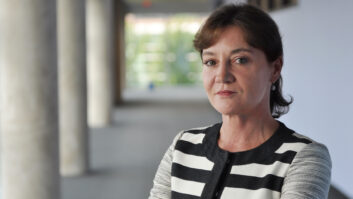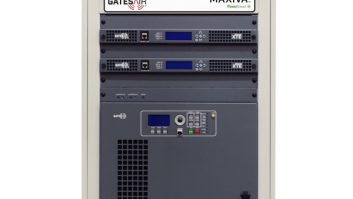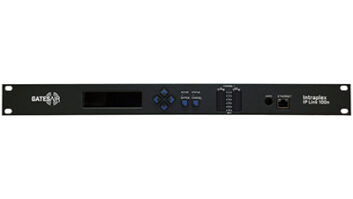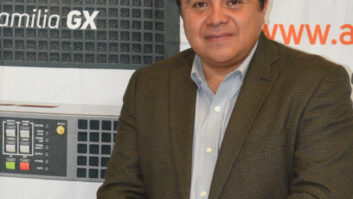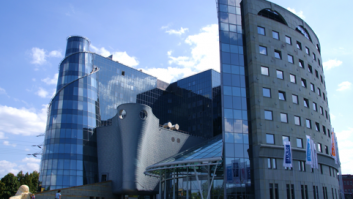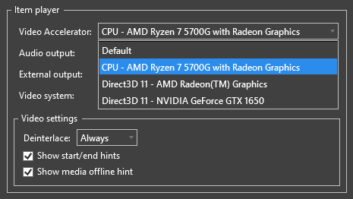Over-the-air broadcast remains the world’s dominant and most efficient means of delivering live radio and television. While countries worldwide are in various phases of the digital transition, the fact remains that the majority of TV and radio consumers globally still receive analogue broadcasts. There is still much work to be done, with plenty of opportunities for broadcasters and network operators who produce and deliver their content over the air.
Content consumption and delivery has grown and evolved over the past 30-35 years, and it’s easy to forget that terrestrial broadcasting, whether analogue or digital, remains the most efficient mechanism for delivery via its one-to-many wireless model. The transition to more spectrally-efficient digital broadcasts allows our customers to take even better advantage of their wireless spectrum, paving the way for more channels, richer services and new revenue streams.
Rising operational costs, driven by skyrocketing energy bills and carbon taxes, are a global issue impacting broadcasters and network operators. New technology such as GatesAir’s PowerSmart 3D high-efficiency transmission designs enable reduced costs associated with monthly energy bills, cooling systems, rental space and ongoing maintenance.
Built-in software-definable technologies with flexible modulation schemes ensure that broadcasters can replace aging transmitters with field-upgradeable models that operate in analogue today and offer a clear path to digital. Along that path, these customers can immediately reap the benefits of greener transmission systems that reduce operating costs in both the short and long term.
Optimisation of the transport network is another key piece of the puzzle. People are looking for more out of contribution and distribution of on-air content than plugging in a series of point-to-point boxes, and instead demanding integrated solutions. Broadcasters are increasingly looking to IP networks to reliably move content between many sites, and transitioning from more expensive TDM networks.
Intelligent networking tools and standards-based interoperability are enabling broadcasters to establish redundant IP streams, support multiple algorithms and gain greater visibility into network performance. Leveraging these more efficient network-based transport architectures in the analogue domain also establishes a foundation for multipoint, IP-connected transport across large, national digital radio and TV networks.
Mobility has always been a cornerstone for radio consumers. For TV the transition to digital enables new multichannel mobile delivery. The DVB-T2 broadcast standard, for example, affords an intriguing opportunity for interoperability of TV and LTE networks.
This mobile offload technology allows TV and LTE broadcast over the same spectrum and infrastructure to help solve network capacity challenges. Mobile service providers and broadcasters/network operators both benefit from lower delivery costs, and new revenue opportunities as consumers continue to demand a TV everywhere consumption model.
The industry is going through significant changes, and we believe IBC is an excellent place for the education needed to navigate these changes. From formal programmes to face-to-face meetings with colleagues and industry experts, to seeing the newest innovations from companies such as GatesAir, IBC remains the greatest venue to understand the industry trends and map out solutions for today’s challenges and tomorrow’s opportunities.
We view IBC as an excellent venue to build greater intimacy with our customers, to understand their challenges and enable new revenue streams through innovation and services that provide complete, high-efficiency solutions that deliver the lowest total cost of ownership; and support advanced methods for wireless transport and delivery of over-the-air content.
